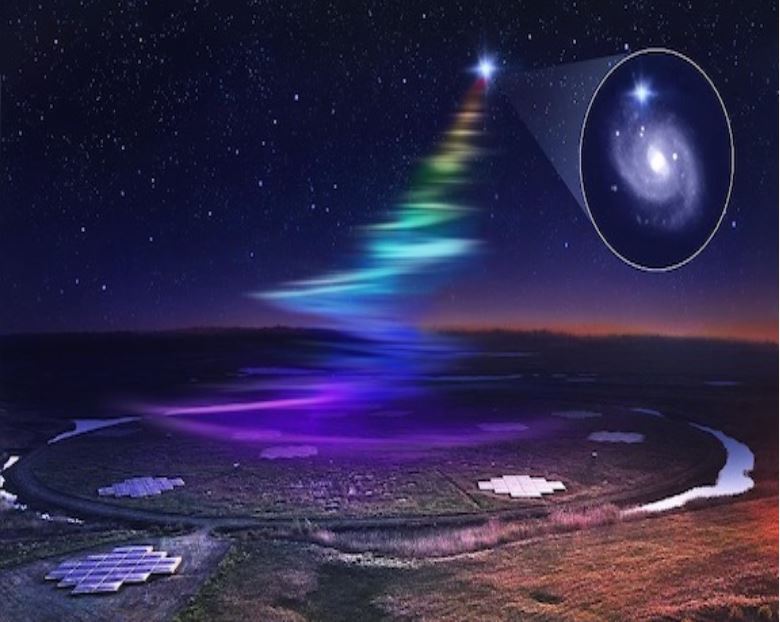
A team of researchers has established that fast radio bursts (FRBs) include radio waves at frequencies lower than ever detected before, a discovery that redraws the boundaries for theoretical astrophysicists trying to put their finger on the source of FRBs.
Since fast radio bursts (FRBs) were first discovered over a decade ago, scientists have puzzled over what could be generating these intense flashes of radio waves from outside of our galaxy. In a gradual process of elimination, the field of possible explanations has narrowed as new pieces of information are gathered about FRBs — how long they last, the frequencies of the radio waves detected, and so on.
Now, a team led by McGill University ...
Read More






Recent Comments